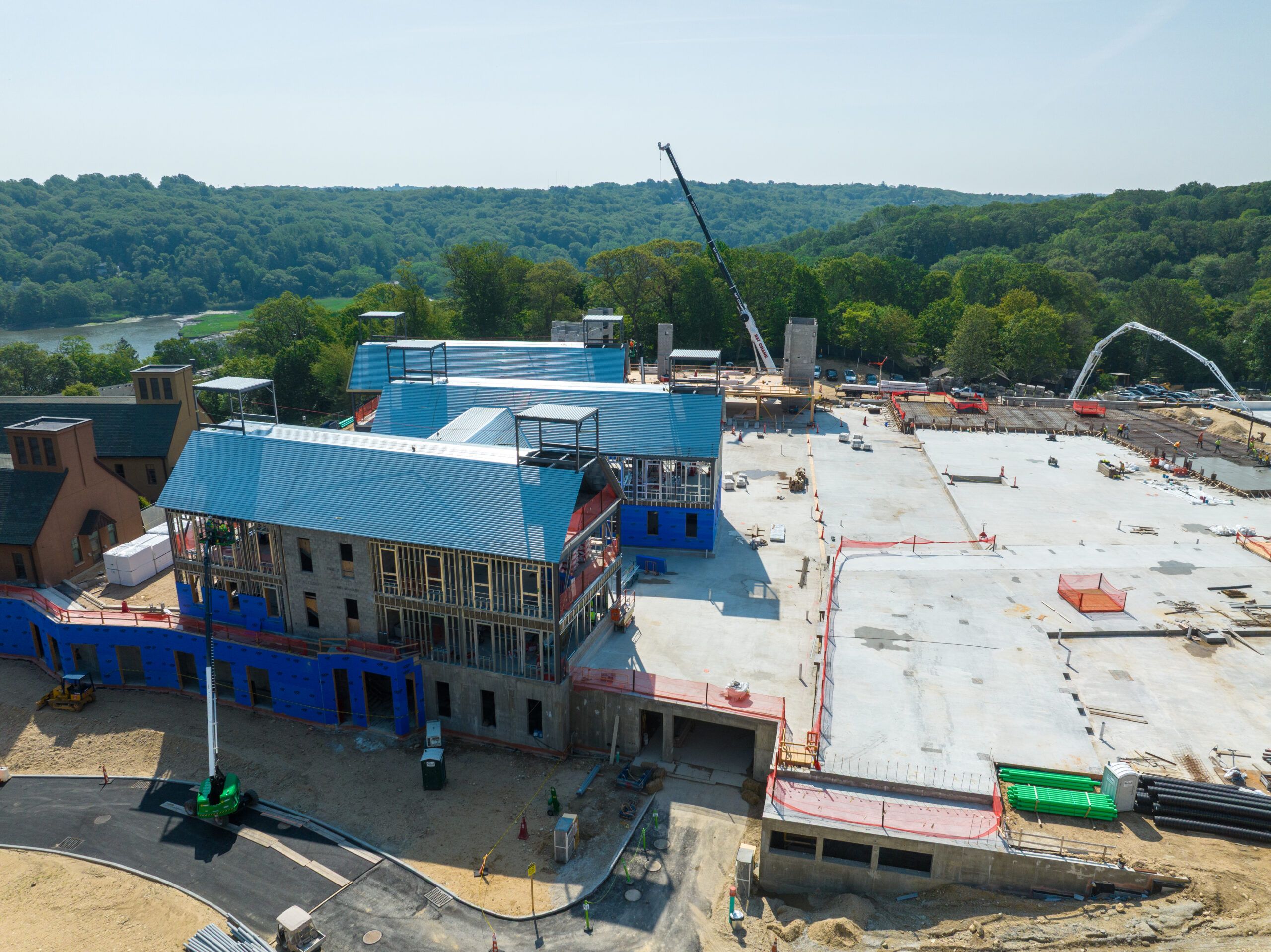In the ever-evolving construction world, few challenges remain as pervasive and underestimated as subsidence and clay shrinkage. These geological phenomena, often overshadowed by more visible risks, pose significant threats to the stability and longevity of buildings. As urbanization pushes construction into areas with varying soil compositions, understanding the effects of clay shrinkage subsidence becomes critical. These issues can lead to costly repairs, compromised safety, and long-term structural damage without proactive measures.
The Science Behind Clay Shrinkage and Subsidence
Clay soils are special in the way they swell when wet and shrink when they are dry. In periods of rainfall, the clay expands and puts pressure on structures above, and in dry conditions, the clay contracts and the soil shrinks. This shrink-swell cycle is most devastating in areas with heavy clay content in the soil as the constant expansion and contraction put much pressure on foundation walls and other structural members.
Subsidence is a situation where the ground on which a building is constructed sinks or shifts and is mostly a result of clay shrinking. In addition, the problem worsens in periods of drought, or in case of excessive vegetation; for instance, trees extract water from the ground. Subsidence, however, is a normal geological occurrence, although its effects on building structures are disastrous, which may include wall cracks, floors that are not level, and structural collapse. In today’s construction projects, the lack of consideration for this risk implies heavy losses, both financial and in terms of business performance.
Addressing Clay Shrinkage in Modern Construction
Thus, subsidence and clay shrinkage are controllable problems if the correct approach and engineering are applied. The first one is site analysis. Subsurface investigations, which provide information on the nature and behavior of soils, can determine where there are shrinkage and expansion soils with potential for subsidence. This information assists architects and engineers in developing structures and foundation systems correlated to the soil types of the site.
Several measures are possible to minimize the problems associated with clay, such as using pile or raft foundations. Piling entails driving supports deep into good bearing strata below the clay layer to avoid the clay. In contrast, the Raft foundations spread the load throughout the structure, so the building is less likely to sink. Furthermore, new technologies such as flexible concrete are preferred so that the structure can move along with the soil without damaging it.
Another essential aspect of water management is another important factor. Through careful drainage management and avoiding over-absorption or loss of water in clay-filled soils, construction teams can minimize the potential of shrink-swell cycles. Some elements that can be used when landscaping also help maintain the soil’s stability around a given structure, such as using vegetation that does not need much water.
Why Awareness is Crucial for Future Projects
Since more and more cities are experiencing population growth and unpredictable climate change, the dangers of subsidence and clay shrinkage will only increase. This means there must be enhanced awareness among the developers, contractors, and property owners to avoid further damage and promote the construction of strong and lasting structures. This means that education about these hidden challenges should be a core subject in construction training and project planning.
Failing to do so may result in very adverse effects. Apart from the physical damage that subsidence causes, such as cracks in walls and doors not fitting properly in frames, it has legal and financial impacts. For instance, property developers can be sued, or insurance claims made against them in case structures do not meet safety requirements because of the soil. It is far cheaper to invest money in soil analysis and prevention mechanisms than paying for the consequences of the subsidence.
Conclusion
Subsidence and clay shrinkage are thus a major undercover problem within today’s construction industry. Clay soils are very unstable soils whose behavior cannot be easily predicted. Therefore, it needs a lot of attention when designing structures, coming up with solutions to be used in construction, and even in day-to-day practice to prevent structures from being damaged in the long run.
Therefore, The above risks can be managed through improved soil analysis, water management, and flexible foundation construction methods. Clay Shrinkage Subsidence may be a relatively unknown entity in the construction business, but it is one that builders, engineers, and property owners need to be aware of. To meet this challenge directly helps our cities and infrastructure continue to be safe and lasting for generations.











